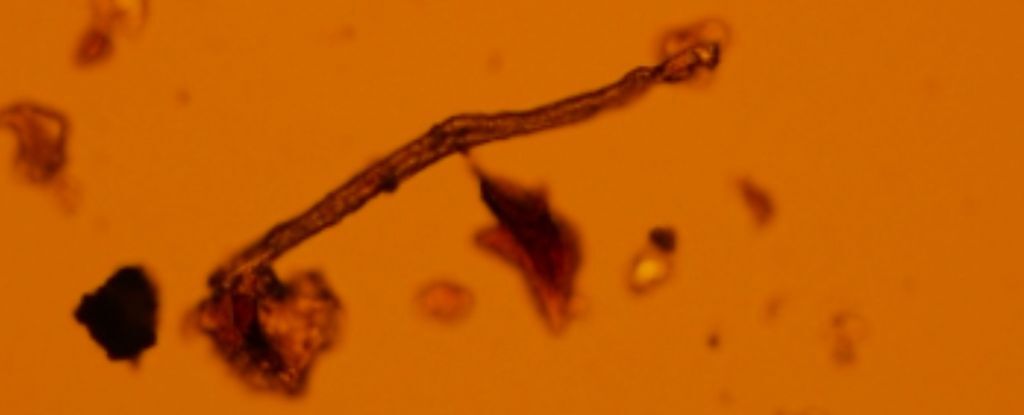Well there goes the control group…
deleted by creator
I saw that… But like… How tf does it travel through rock and dirt that deep.
Water.
Thank God we banned plastic straws.
Don’t forget about plastic bags.
Or the packaging of meats, water and fruits!
Styrofoam cups are still OK, though.
Still waiting on evidence that this is a bad thing. We could assume so, but we humans have made a lot of bad assumptions that didn’t test out.
And “plastic” is a uselessly broad term, same as “metal”. Micro bits of lead in our bodies are hella different than micro bits of aluminum. I’m guessing the vast majority of plastics are utterly benign? Plastics seem biologically non-reactive. But again, the word is too broad and I’m no chemist.
I’ve raged about our plastic waste many times. It’s astonishing what I see outdoors. Half a mile down a lonely creek, a place where no goes, or can get to if they wanted (easily), I’ve found a floating trash heap up against a deadfall. And that’s not counting what has sank! Fuck me, I found a tire in my swamp that had to have floated there in a hurricane.
No idea how we dial it in except to consume less.
Hey look, here’s an article from 2020 about micro plastics being a carcinogen https://www.sciencedirect.com/science/article/abs/pii/S0304389420309833
Here’s another that goes over individual chemicals that may leech out of them https://www.ncbi.nlm.nih.gov/pmc/articles/PMC7068600/
That’s just a few things from a search. There aren’t assumptions here. And your mention of metal is interesting given that so many of them have adverse health effects for people. No need to wait to see how it pans out, there’s already the conclusion that they’re horrible and there is a specific understanding about why they are horrible.
Here’s a helpful bit of context. What are plastics made of? Carbon chains connected to each other with various elements, like nitrogen, oxygen, chlorine, and hydrogen, added to alter their properties.
Guess what many hormones are made of. You guessed it: carbon chains with various elements, like nitrogen, oxygen, and hydrogen, added to alter their properties.
Now guess what plastics can break down into. It doesn’t need to be a perfect match, but instead something that can attach to a receptor or alter a process. Suddenly, something that was once inert is now problematic.




